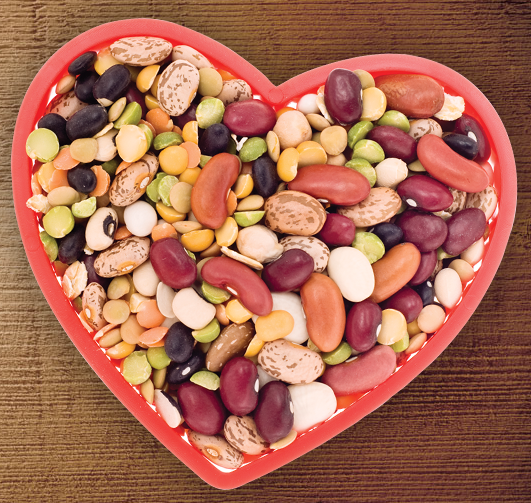 While today Earth Day is celebrated around the globe, we should also remember to celebrate the farmers across our country who treat every day as Earth Day. The original Stewards of the Land, our farmers are continuously working to protect our soil, food and water with their diverse knowledge, colourful passion, and innovative drive.
While today Earth Day is celebrated around the globe, we should also remember to celebrate the farmers across our country who treat every day as Earth Day. The original Stewards of the Land, our farmers are continuously working to protect our soil, food and water with their diverse knowledge, colourful passion, and innovative drive.
Put your finger on the pulse of Canada’s food and farming industry: it’s alive and well, beating loud and vibrant.
And you could say pulses, themselves, are growing loud and vibrant too, as consumers become increasingly interested in sustainable crops and alternative proteins.
So this Earth Day, we thought we’d take a look at another current celebration: pulses. The United Nations have declared 2016 the International Year of Pulses.
Pulses, or grain legumes (dry beans, dry peas, lentils and chickpeas), play an important role in global food security, nutrition, human health and environmental sustainability (see: Pulse Canada news release). And this gives Canada a lot to be proud of, as Canada is currently supplying 35% of the world’s pulses. Thus, a massive promotion could provide a significant boost to Canadian agriculture.
Canada is the world’s largest producer and exporter of dry peas and lentils, shipping to more than 150 countries each year. The value of Canadian pulse exports exceeded $4.1 billion in 2015.
“Canadian pulses can make a significant contribution toward helping the UN implement its 2030 Agenda for Sustainable Development, which aims to eliminate global poverty and malnourishment,” said Lee Moats, a lentil grower from Saskatchewan and Chair of Pulse Canada.
Pulses are high in protein and fibre, are filled with various vitamins, are low fat, and provide amino acids. In addition to their nutritional bragging rights, pulse crops are also one of the most sustainable crops a farmer can grow. The IYP 2016 website explains that it takes only 43 gallons of water to produce one pound of pulses, compared with 216 for soybeans and 368 for peanuts.
Pulses also contribute to soil quality by fixing nitrogen in the soil; they use bacteria in the soil to draw nitrogen from the air.
Consequently, Pulse Canada has said that Canadians will benefit from a rise in pulse crops. Increased consumption of the legumes are linked to improved nutrition and health, and increased production in the country means a reduction in on-farm energy use, reduced greenhouse gas emissions, and improved soil health — surely a crop worth celebrating on Earth Day.
So perhaps the most deliciously-opportune way to celebrate #EarthDay2016 is to also celebrate the Year of the Pulse: cook an earthly meal with the hearty legume (and of course, be thankful for the farmer who grew it).
